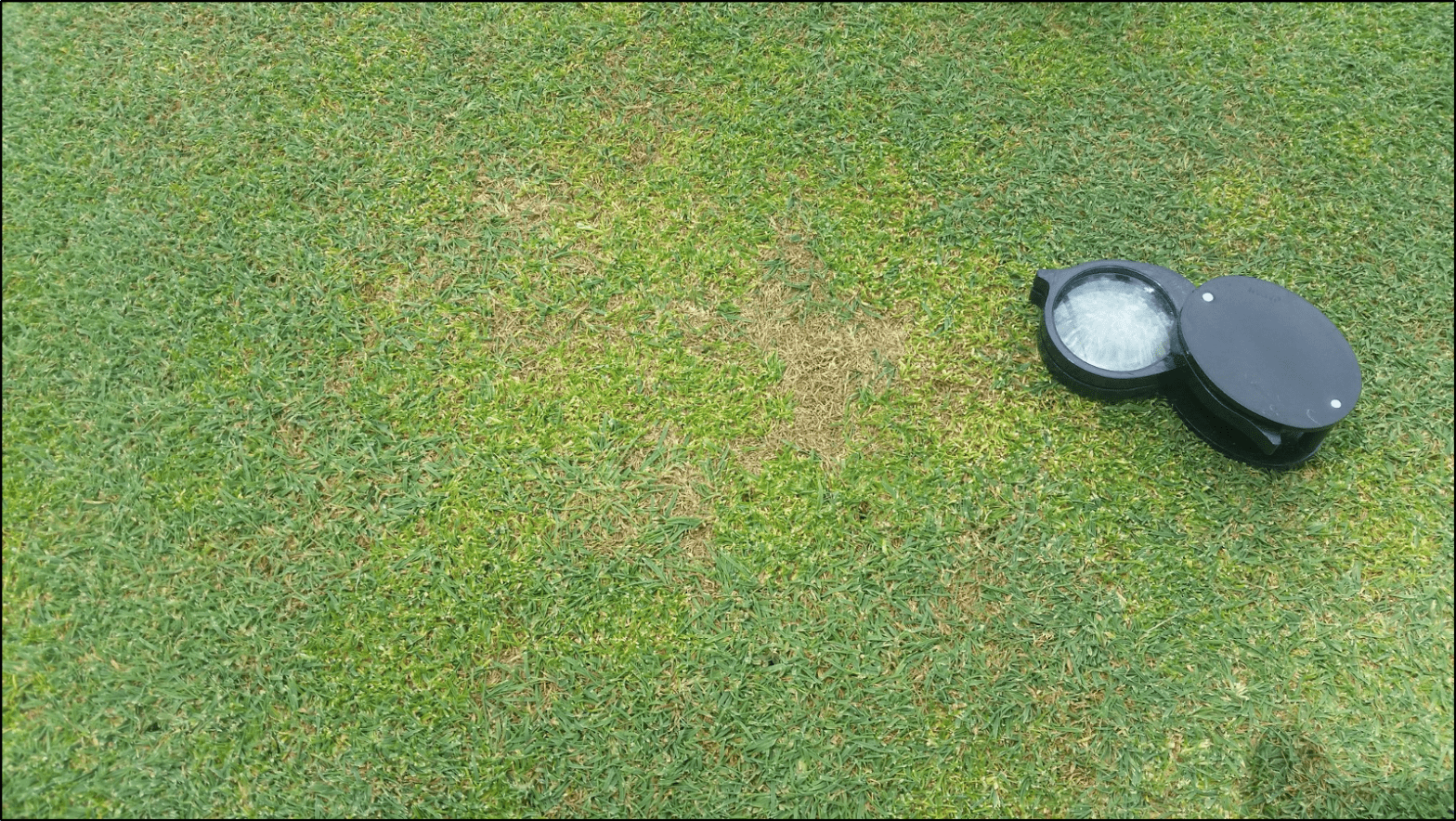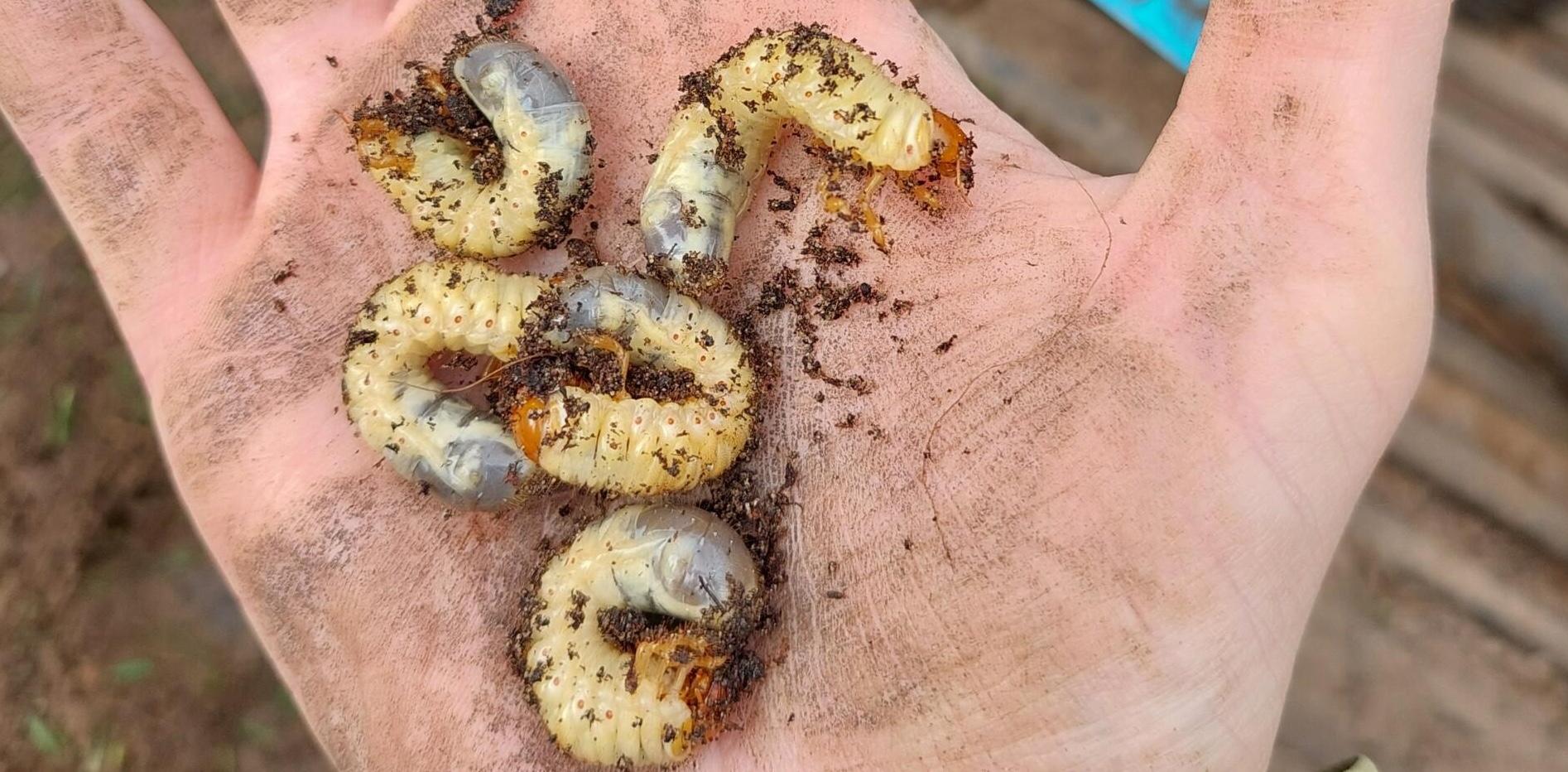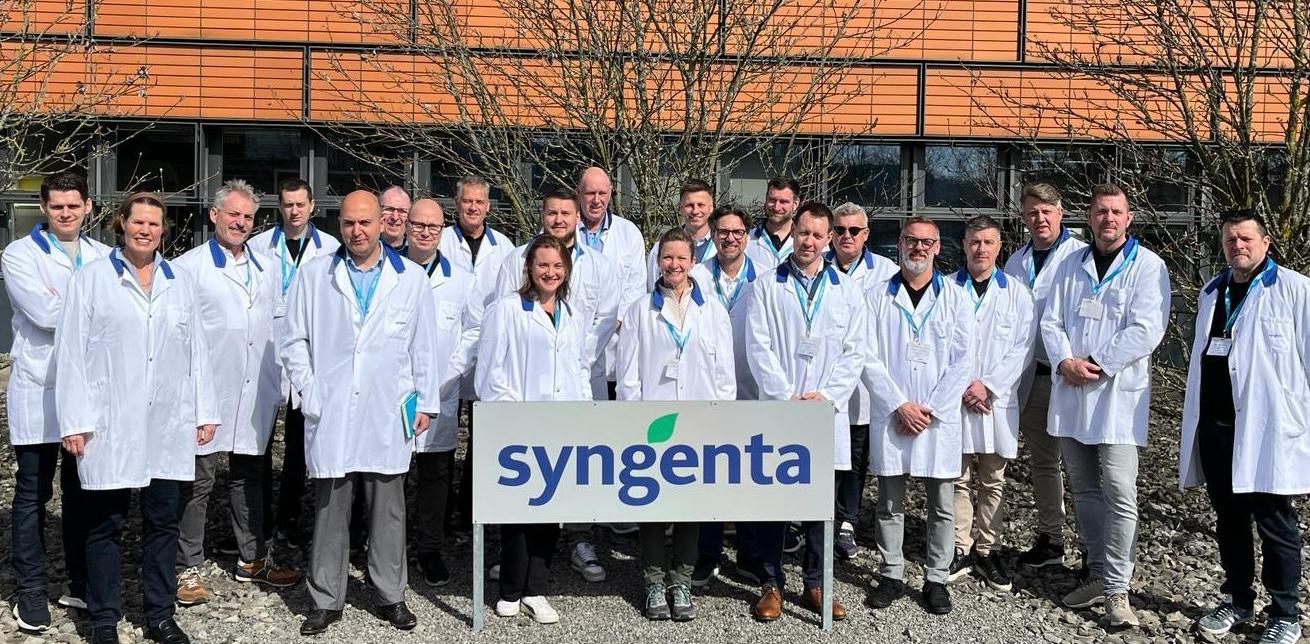Anthracnose appears to be an increasing issue, resulting in more serious effects, over an extended season.
Turf Science in Action
The Anthracnose pathogen itself is relatively weak and, even when present throughout the season, healthy plants are reasonably able to withstand infections. The problems arise when plants are weakened by stress or injury and less able to resist disease development.
Often plants can cope with one stress, but when multiple factors accumulate, the impacts of anthracnose can be both quick and catastrophic. What makes it harder to plan for is the effects of stress early in the season, may only become apparent with disease outbreaks later in the summer.
That has been exacerbated in recent years, when some of the stress factors imposed on turf have become increasingly more severe and prolonged. Those stresses can be both natural – weather related heat, light and drought or nutritional shortfall – or induced by necessary turf management practices.
Reducing the intensity of mowing can be the first step in cutting stress on the plant. That can be both the height of cut and the frequency of mowing. With a green cut set at 3.0mm, even going to 3.3mm gives the plant 10% more leaf area for photosynthesis and strength.
Trials have shown a tighter sward from a Primo Maxx II programme can have the same, or better, green speed cut at 3.3mm, compared to an untreated at 3.00mm. Furthermore, the slightly raised cut was showed significantly smoother ball roll, which in player surveys was more attractive to golfers than speed alone.
Cut Height
Research in the US has shown raising the height of cut, from 2.8mm to 3.2mm, reduced the average incidence of anthracnose infection over the late summer by 18%. Cutting at a height of 3.6mm in the trials reduced disease by 36%, compared to the lower cut. Recommendations from that trial indicated the best strategy was to double cut and roll at the higher cut of 3.6mm, rather than reduce the height of cut.
Recent studies of mowing height have also revealed that modern heavier mowing units can result in actual cutting heights being lower than conventional units set to the same height on the bench. Using a prism gauge to check and adjust units to what is actually happening can avoid this problem, as well as checking the cleanness of cut that will also minimise stress.
Greens in an effective growth regulation programme also perform more consistently all day, reducing the need for a labour intensive late‐afternoon cut. It can also facilitate more use of a turf iron as an alternative to mowing in some instances, which further reduces stress on the turf while maintaining speed and smoothness.
Maintaining adequate nutrition is essential to avoid stressing plants. All the studies have shown that turf under low nutrient management regimes is at far higher risk of anthracnose outbreaks. The actual amount required will be different for every situation, but trials have consistently shown 2 – 4kg N/ha per week is a good base to minimise the risk of attack.
Alongside nutrition, STRI trials with the biostimulant, Hicure, have shown when used in a regular programme during the summer months plant health was improved, which in turn led to a reduction in anthracnose pressure of around 40% lower than in untreated areas.
As an ITM strategy, the trials also showed that a fungicide treatment was extremely effective at preventing anthracnose developing – giving up to 93% control compared to untreated. When the fungicide programme was overlaid on top of the Hicure programme, the greatest levels of control were greatest and most consistent over the course of the season.
Research results
Further STRI research in 2021 reported the FR321 fungicide one box solution – containing both Heritage and Medallion TL – kept anthracnose infection at 2% or less from the end of August and through September.
One of the ‘additive’ stresses, that may not have been sufficiently considered in the past, is light. Turf that is managed on the edge for nutrition, cutting height and moisture, for example, that is performing exceptionally, could be tipped over into high anthracnose risk category by excess light.
Studies have shown that once light hits over 600 micromoles per second, turf plants can no longer cope with all the electrons produced by all the photosynthetic activity. As a result, the electrons, or free radicals, produced and not utilised by the plant become physically damaging to the cells. If plants are already under stress from, other factors, that may be too much.
One option could be to back off on some of the other stress inducing factors, Alternatively, using the pigment Ryder, with a built in UV screen, could enable the plant to cope with the excess light.
Prolonged hot, dry periods that have become the norm do increase the risk of plant stress. It can be further exacerbated where irrigation is more frequent to counter dry conditions, when the high humidity and leaf wetness during hot weather are the perfect scenario for anthracnose to develop.
That makes irrigation scheduling and wetting agent programmes an essential part of any season‐long ITM programme, to minimise the risk of anthracnose. Then, using turf specific weather forecasting tools, such as Syngenta’s WeatherPro, can help to make decisions on short‐term adaptations to avoid stress, and that could avert an outbreak.
Article appears in the June 2022 issue of Greenkeeper International.




